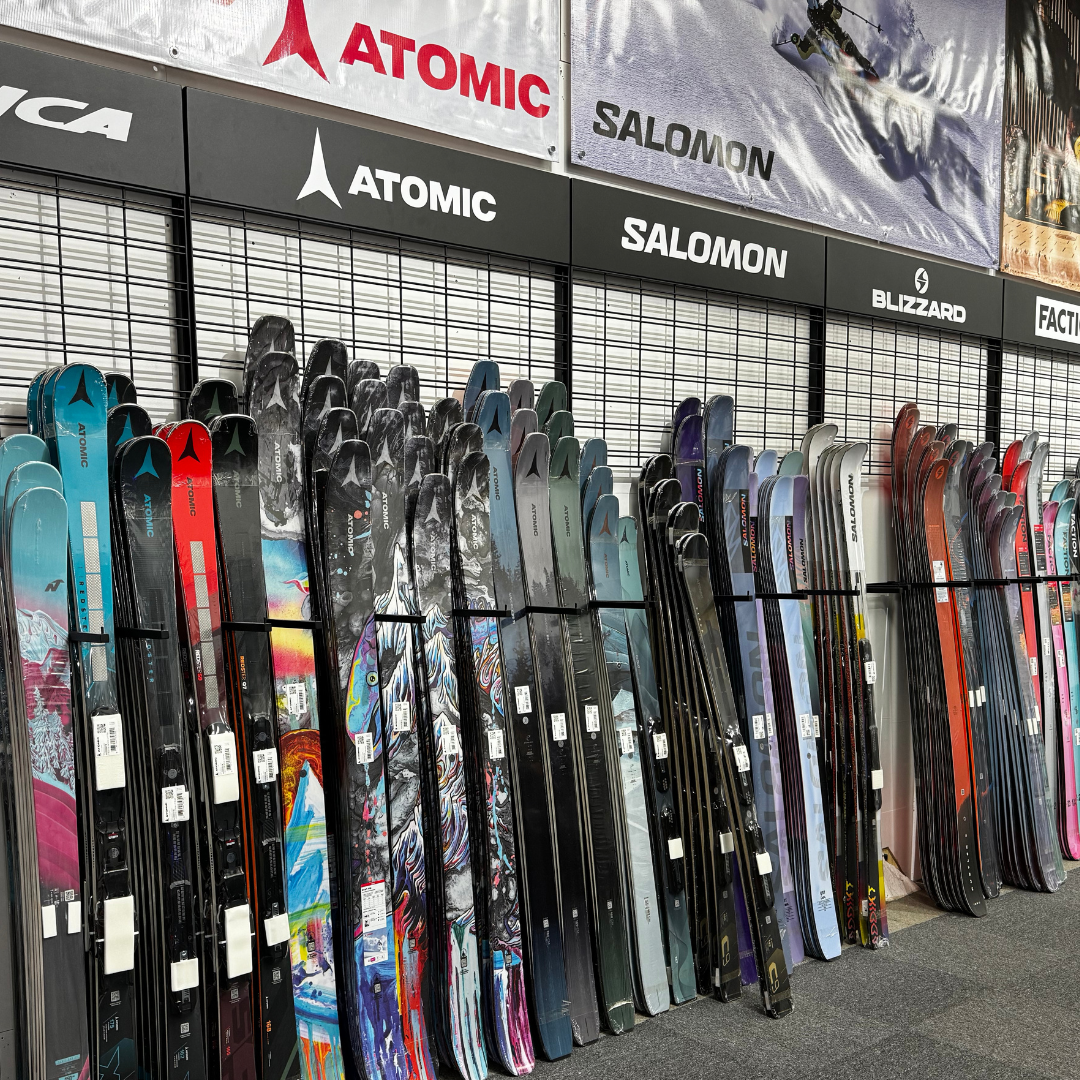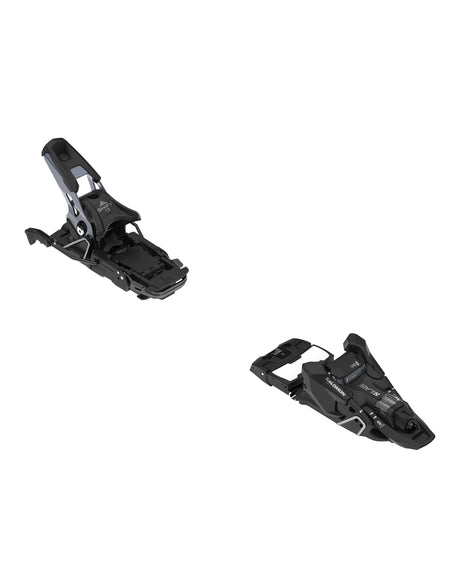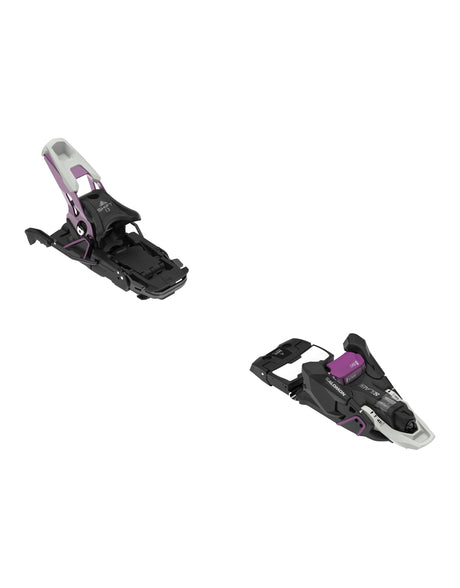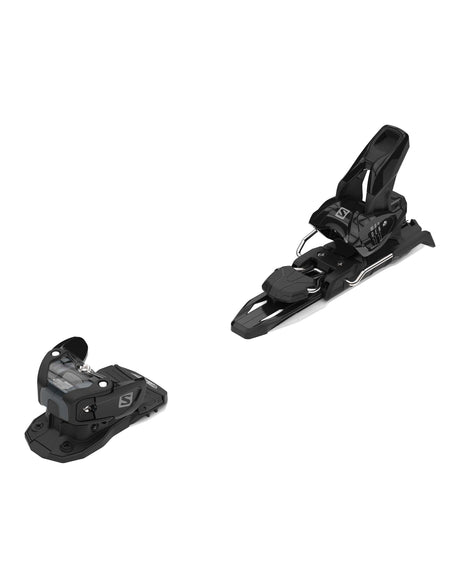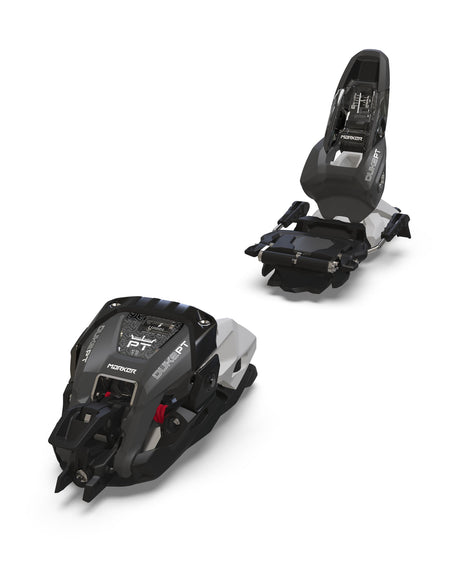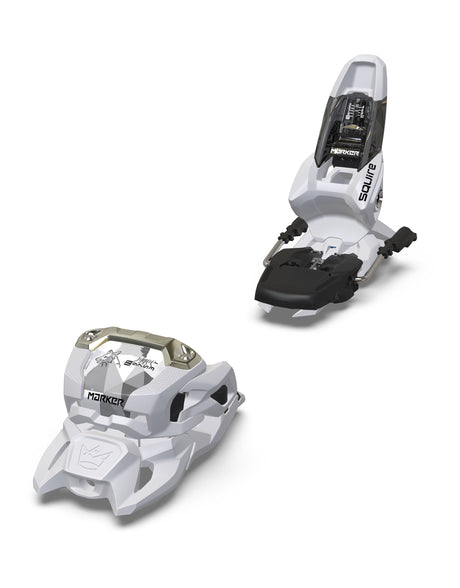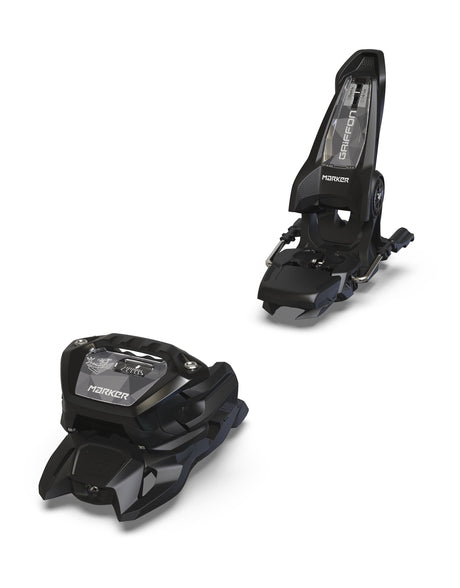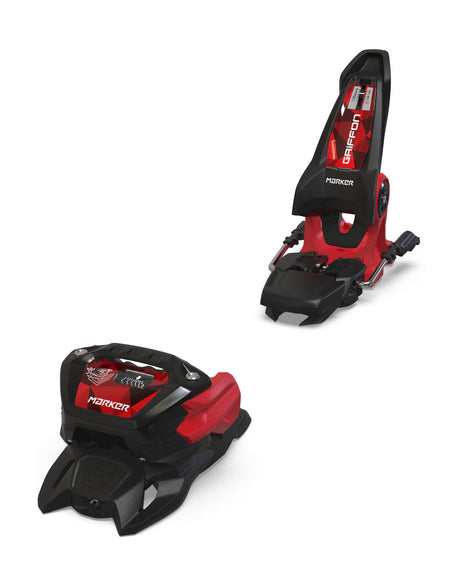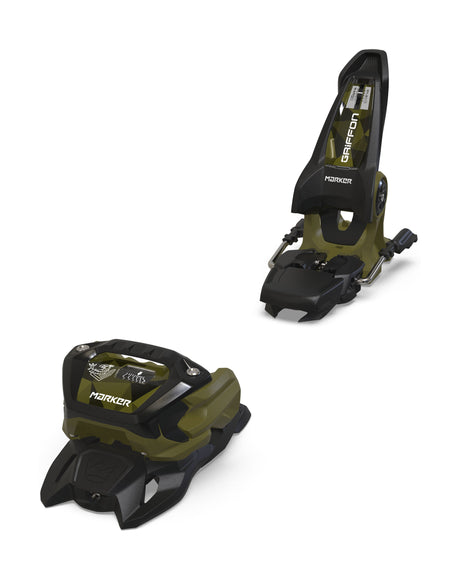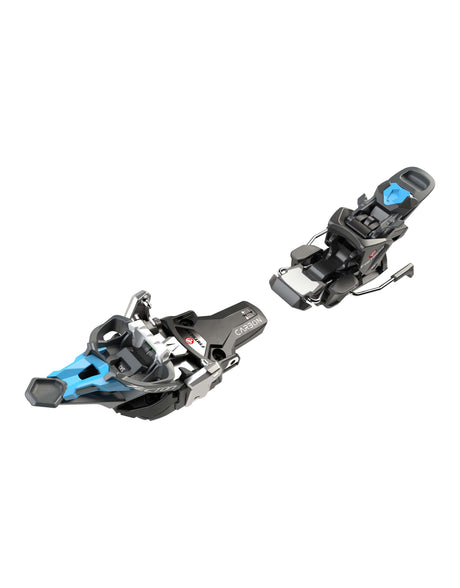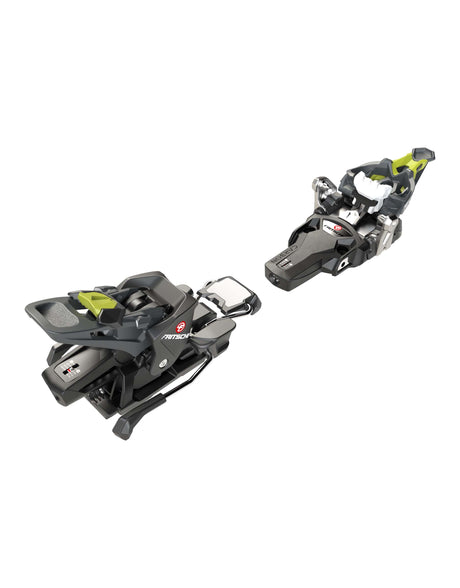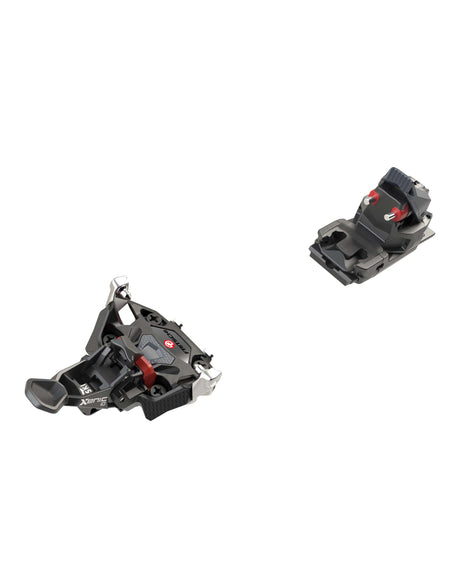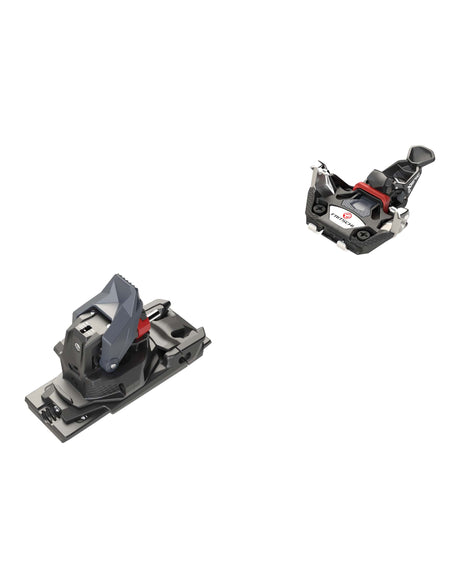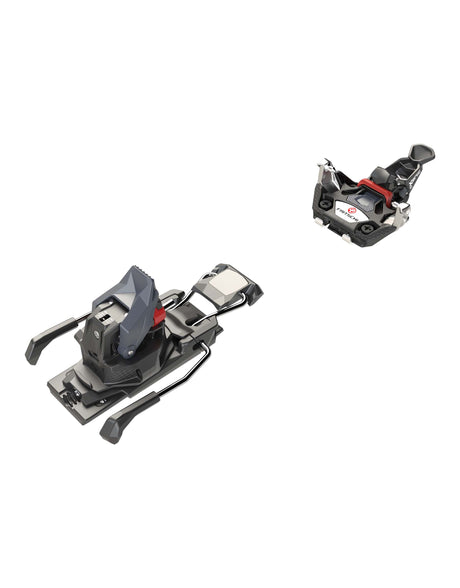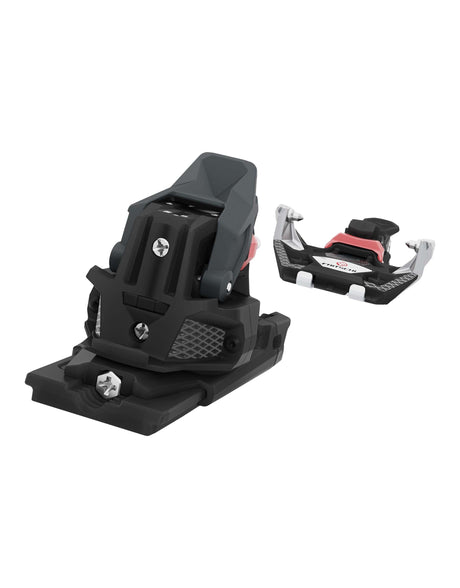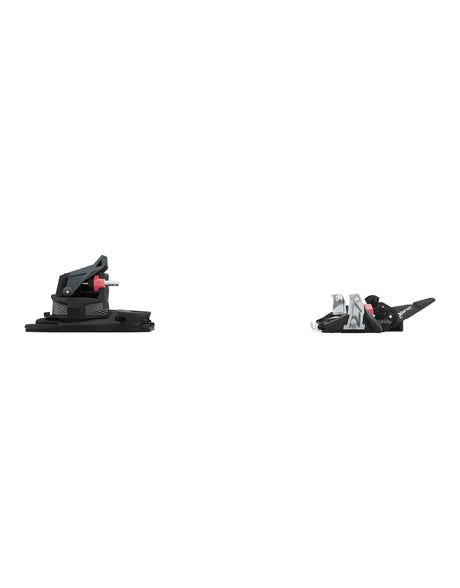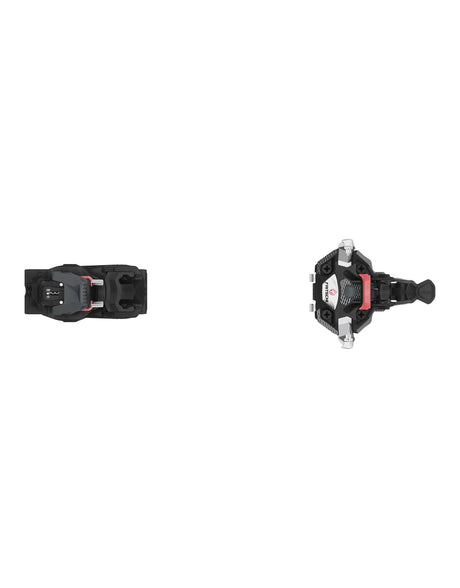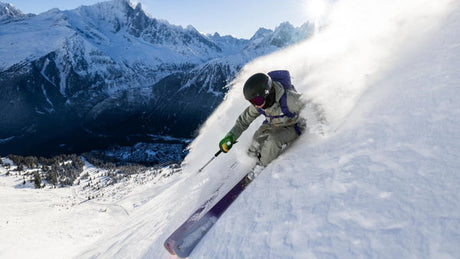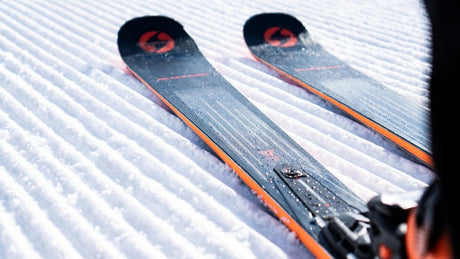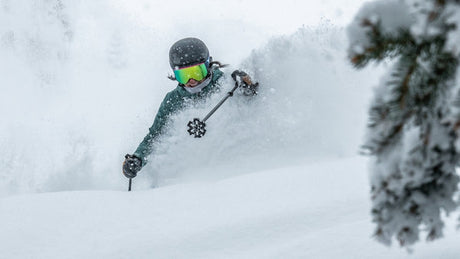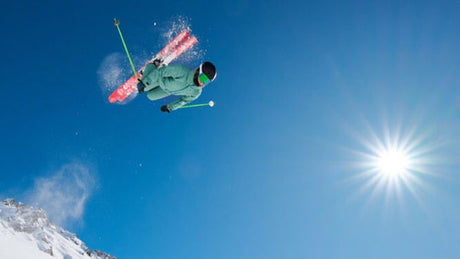Whether you're new to skiing or looking to upgrade your gear, choosing the right skis can make all the difference in your experience on the slopes. Here’s a comprehensive guide to help you navigate the main ski categories and essential features to consider when buying skis.
Despite what many guides will tell you, there is no best ski of the year, only the skis that are most suited to how and where you ski. We test skis all over the world and specifically focus on identifying what type of skier each ski is for. These days every brand has gotten incredibly good at building good skis and there are very rarely any duds.
Ski Categories
Understanding the different types of skis is crucial to finding the right pair for your style and the terrain you’ll be skiing on.
- All-Mountain: These versatile skis are designed to perform well in most conditions, from groomed runs to some off-piste. They’re a great option for skiers who want one ski that can handle a variety of terrain. All-mountain skis typically have a medium waist width (85-105mm) to balance stability and quick edge-to-edge transitions.
- Carving Skis: Ideal for skiers who stick to groomed trails and prioritize precise turns. These skis have a narrow waist (generally 65-85mm), which makes them excellent for fast, controlled carving on hardpack snow. Their shape is designed to make edge transitions smooth and predictable.
- Twin Tip Skis: Designed for park skiers who love tricks, jumps, and skiing switch (backward). These skis have tips at both ends, allowing for better performance when skiing backwards. They're softer and more flexible than other types, ideal for freestyle skiing.
- Powder Skis: Built for deep powder days, these skis are wide (typically 105-125mm underfoot) and feature a rockered profile that helps them float on top of the snow. They're less nimble on groomers but excel in soft snow, providing unmatched stability and float.
- Touring Skis: For the backcountry adventurer, touring skis are designed for uphill travel and downhill performance. They’re lighter in weight and often paired with touring bindings that enable earning your turns by hiking up.
Ski Waist Width
Ski width, measured at the waist, is a key determining factor in how well skis perform in different snow conditions.
- Narrow Width (70-85mm): Best for groomed runs and hard-packed snow. Narrow skis offer quick edge-to-edge transitions and are great for carving.
- Medium Width (85-100mm): Ideal for all-mountain skiing, offering a balance of stability and versatility across varying conditions.
- Wide Skis (100mm+): Perfect for powder days, providing better float in deep snow but are slower edge-to-edge on groomers.
Ski Profile (Camber & Rocker)
Rocker and camber are two key attributes that define how a ski performs in different snow conditions and terrains. Most modern skis feature a combination of both, often in a rocker/camber/rocker configuration.
- Camber: Camber is the upward arch in the middle of the ski when it’s unweighted. Skis with more camber offer more solid edge contact, grip and stability at speed. More often found in narrower, carving oriented skis.
- Rocker: Rocker refers to an upward curve in the ski at the tip and sometimes the tail, giving it a banana-like shape. This lift reduces the contact points of the ski with the snow when it’s flat, making it easier to initiate turns and float over soft snow.
- Mixed Rocker (Rocker/Camber/Rocker): Combines the best of both worlds, with camber underfoot for edge control and rocker in the tips for float in soft snow. The vast majority of All Mountain, Powder and Twin Tip skis utilise a Rocker/Camber/Rocker profile. The extent in which the Camber & Rocker is utilised is a major factor in what differentiates each models performance.
Ski Radius
The Radius of a ski is an indication of the types of turns a ski is designed to make. Skis with smaller radius' typically like to make shorter turns.
- Short Radius (10-15m): Skis with a short radius are designed for quick, tight turns, ideal for carving and technical skiing.
- Medium Radius (15-20m): Best for all-around skiing, offering a balance between quick turns and stability.
- Long Radius (20m+): Suited for long, sweeping turns at high speeds, often found in powder or big-mountain skis.
Ski Length
Ski length is a whole post-worthy topic in itself. Many factors affect the end result: height, weight, ability, ski profile all included. Some people just have a personal preference one way or the other.
Most people size their skis between chin & head height. i.e. a 170cm skier will ski a ski from 150-175cm, this is purposefully quite a large range as it is just the starting point.
Factors that would suggest going shorter:
- Less advanced Ability level (beginner & intermediate)
- Lightweight build
- Stiffer or more cambered ski profile
- Priority on manoeuvrability and shorter turn shapes
Factors that would suggest going longer:
- More advanced Ability level (advanced & expert)
- Heavier build
- Softer or more rockered ski profile
- Priority on high speed stability and longer turn shapes

